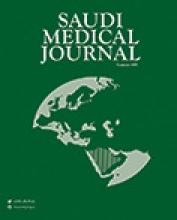Abstract
OBJECTIVE: The aim of this study was to put forward a retrospective analysis of animal bites treated in our department.
METHODS: A total of 1315 patients treated in the Department of Plastic Reconstructive and Aesthetic Surgery of Ankara Education and Research Hospital, Ankara, Turkey between January 2002 and March 2004 are included in the study. The fundamental treatment approaches were; copious saline irrigation, attentive debridement, appropriate antibiotic protocol, elevation and immobilization.
RESULTS: Bites were produced by tamed (23.4%) and untamed animals (76.6%). The mostly encountered bites were from dogs (76.2%) followed by cats (21.7%). The injury sites were mostly in the lower (35.0%) and upper (33.0%) extremities. Overall infection rate was found to be 4% which were mainly due to cat bites. A very low infection rate (0.03%) was found in the group of patients who did not receive prophylaxis.
CONCLUSION: Prophylactic antibiotics are recommended for severe injuries. Deep, dirty and defective injuries should be treated with delayed reconstruction. The majority of animal bite injuries in our country are consequence of untamed dogs and cats. The excessive lower extremity injuries can be attributed to this fact.
- Copyright: © Saudi Medical Journal
This is an open-access article distributed under the terms of the Creative Commons Attribution-Noncommercial-Share Alike 3.0 Unported, which permits unrestricted use, distribution, and reproduction in any medium, provided the original work is properly cited.






